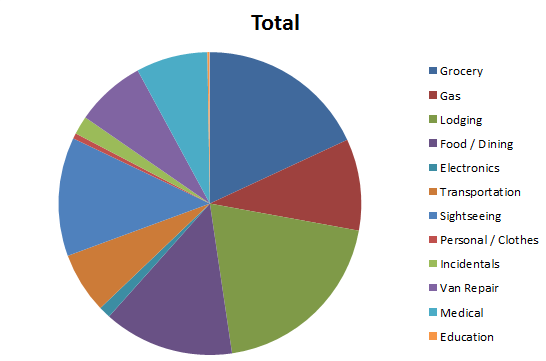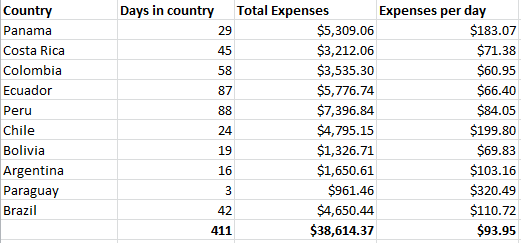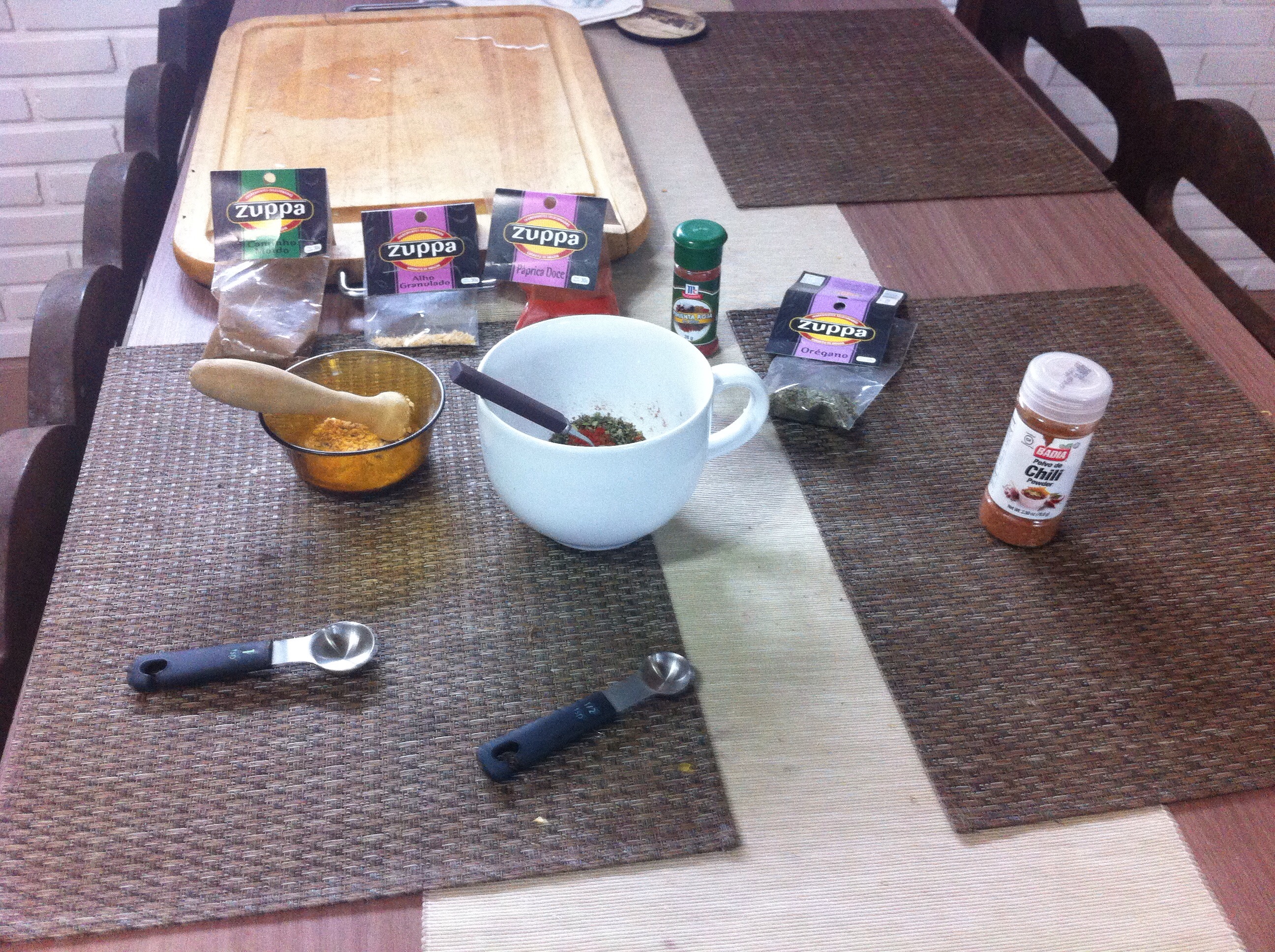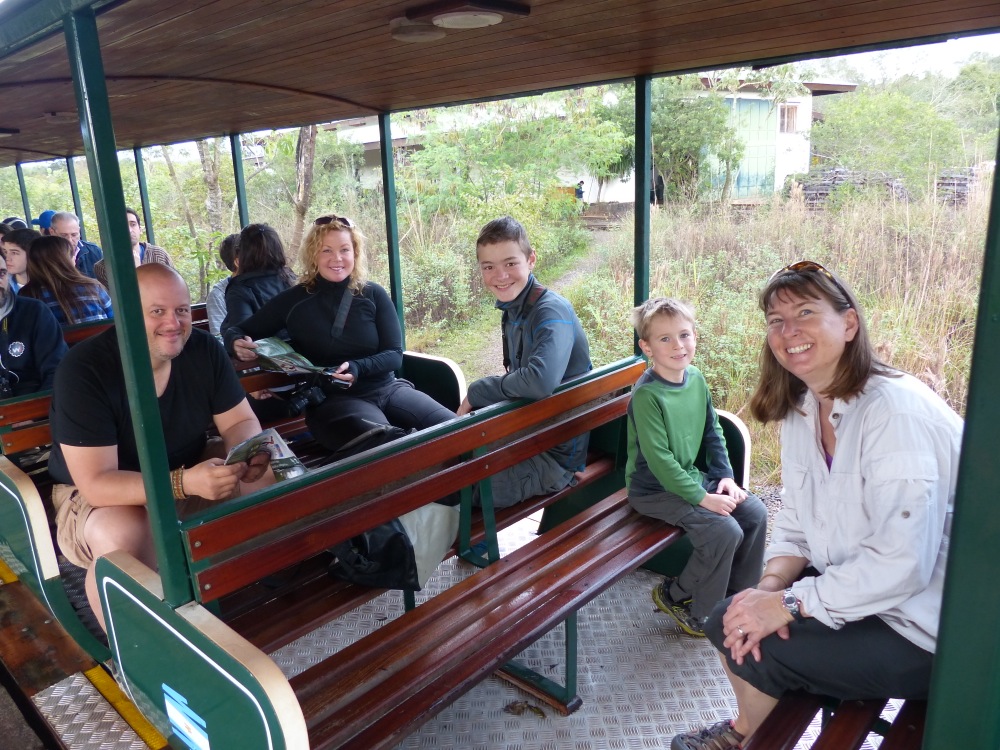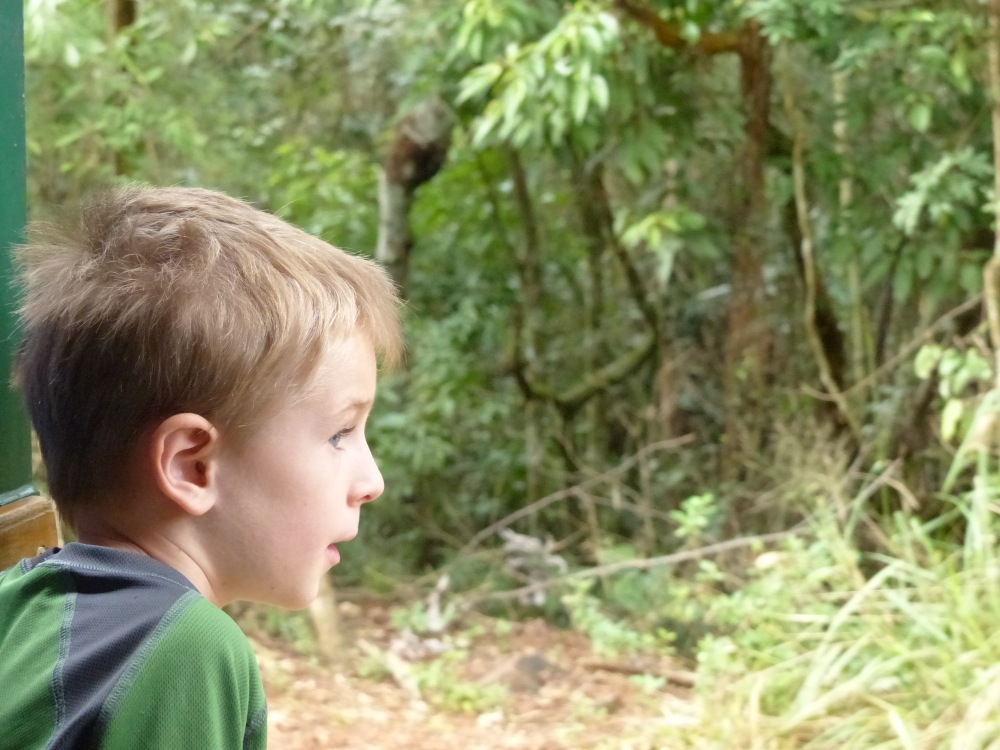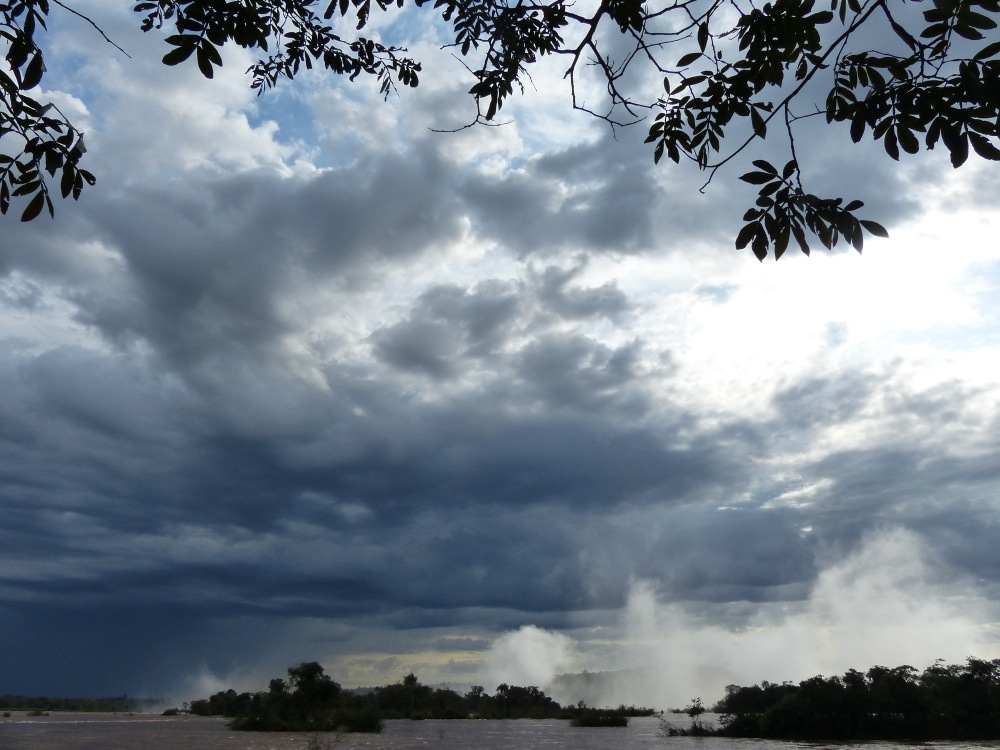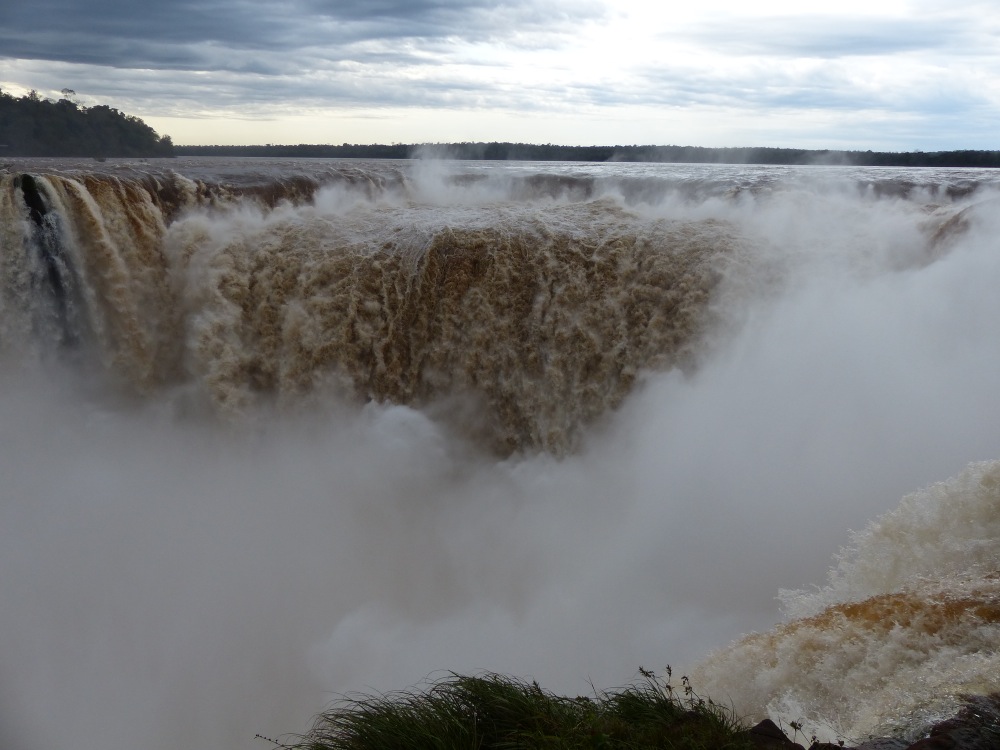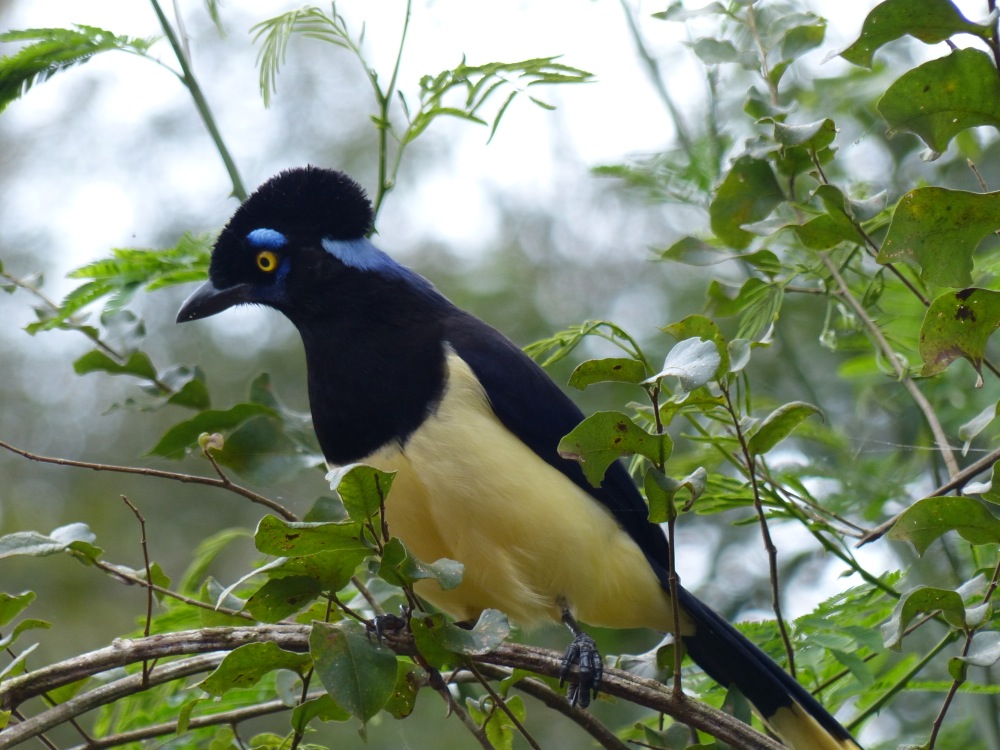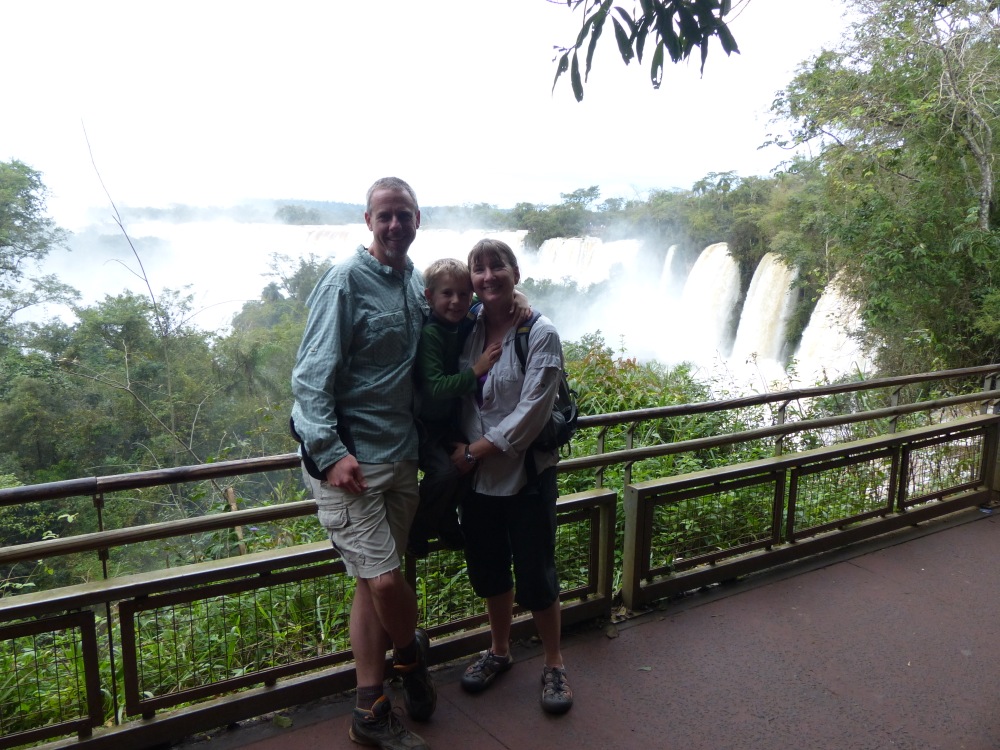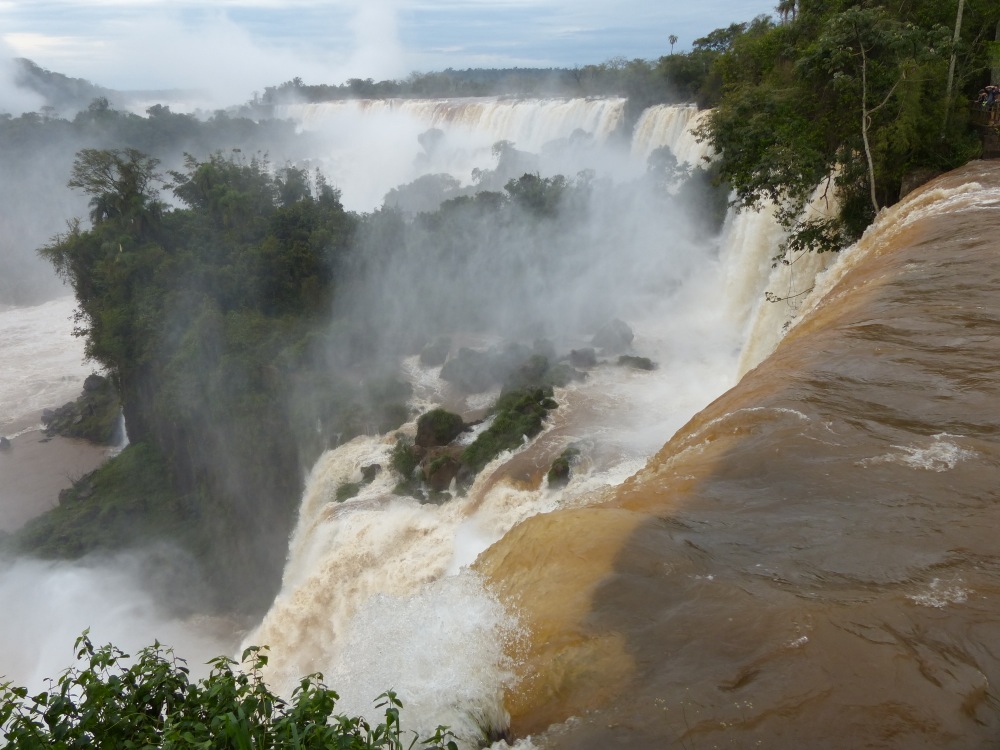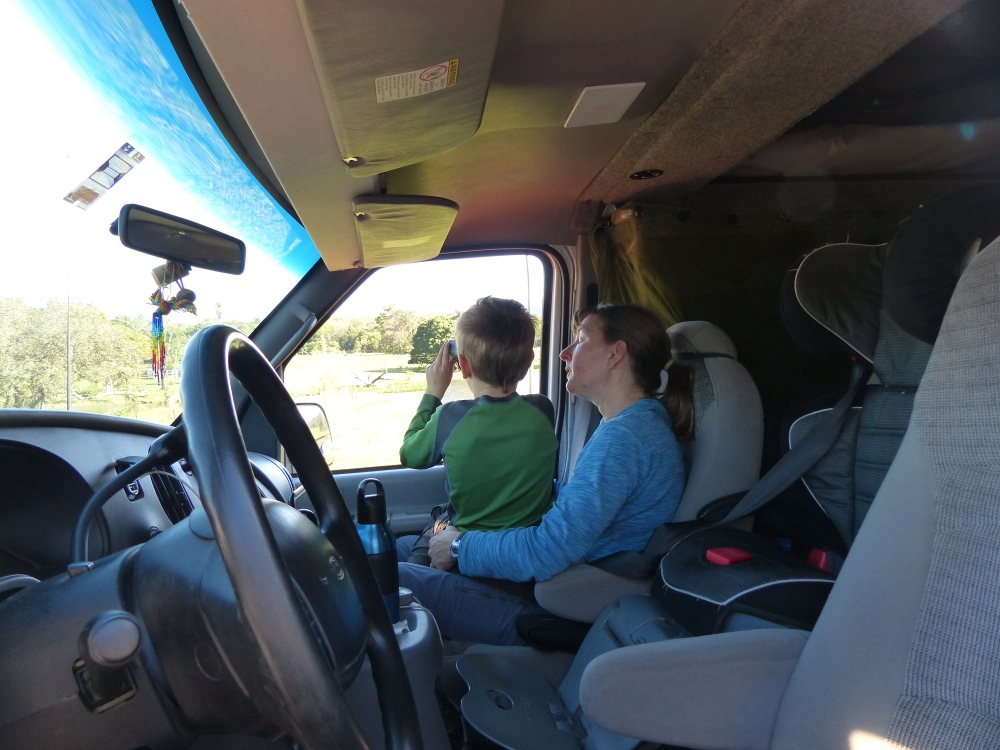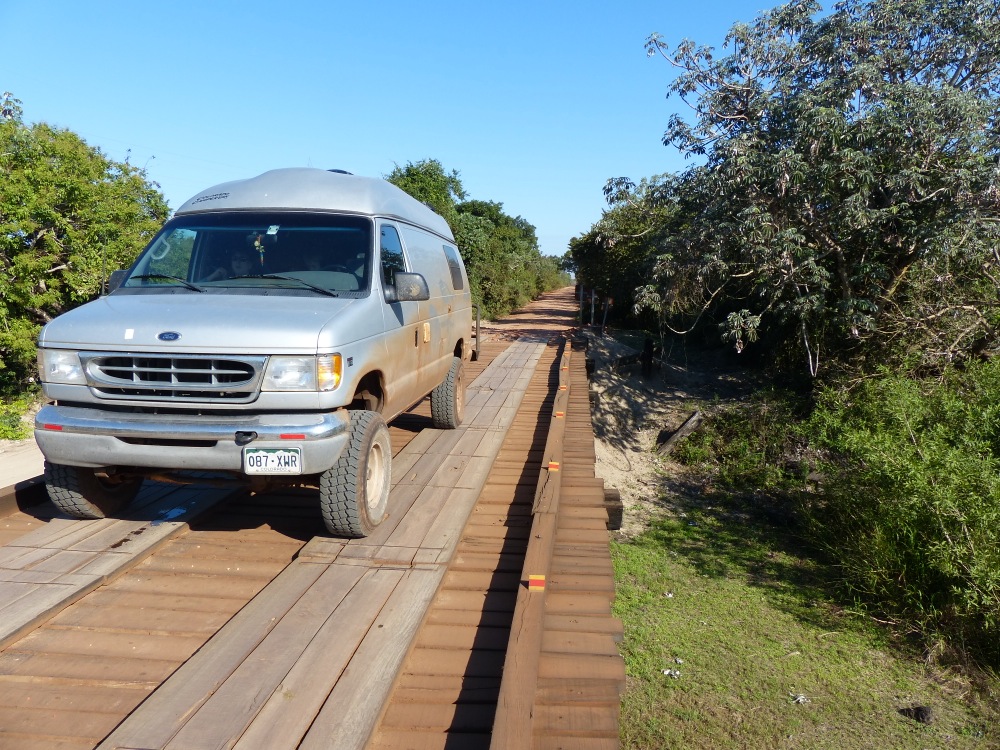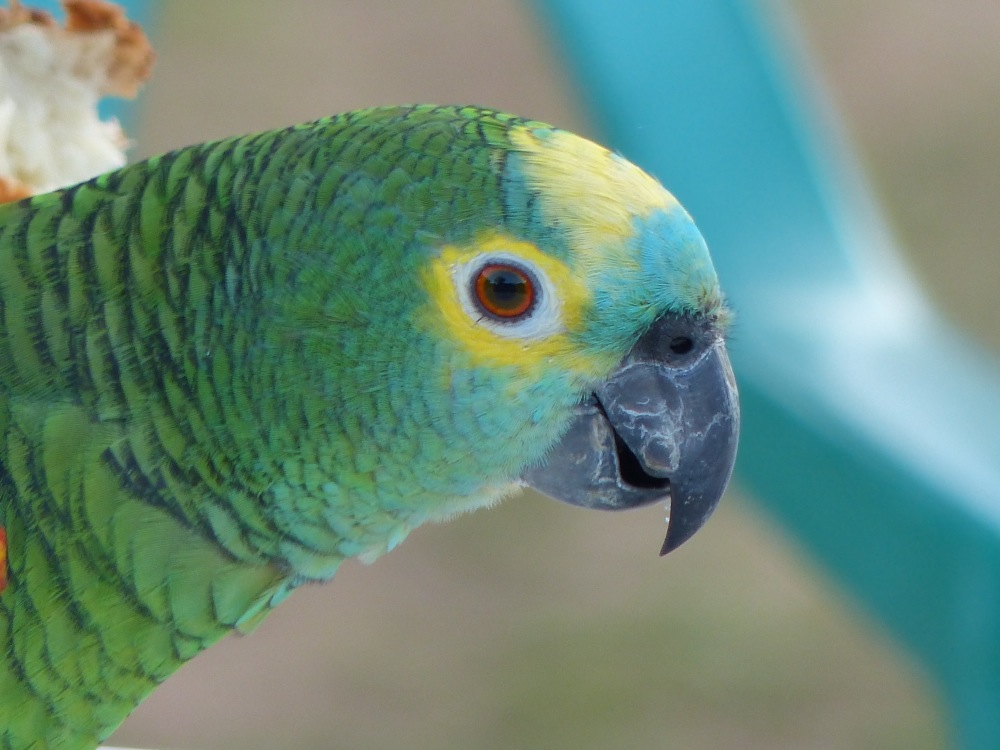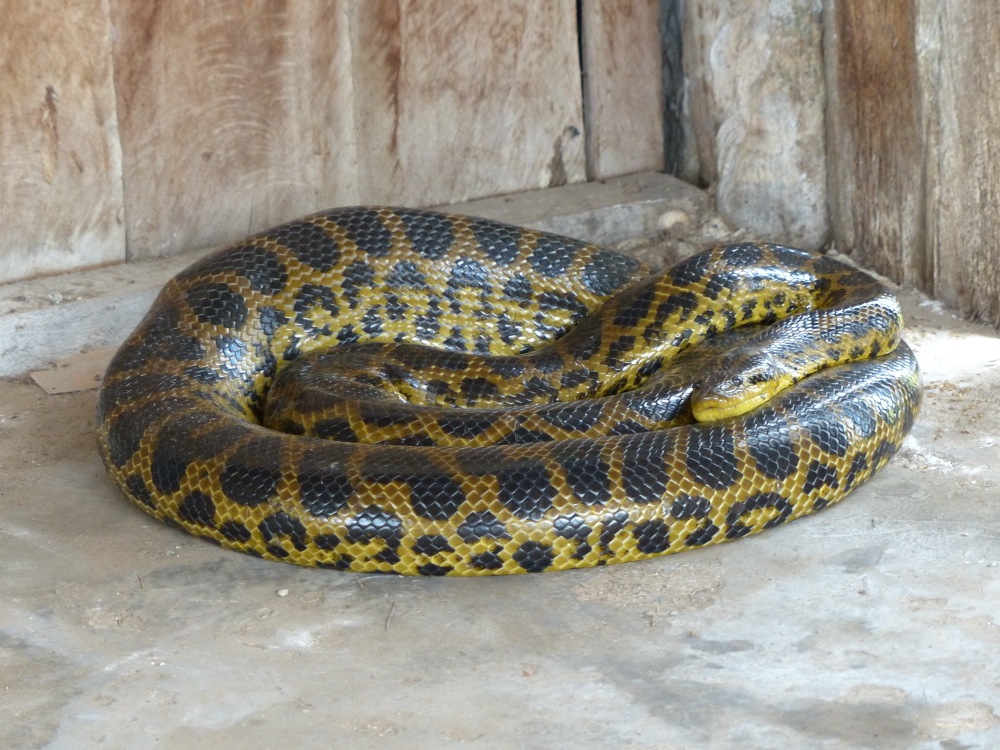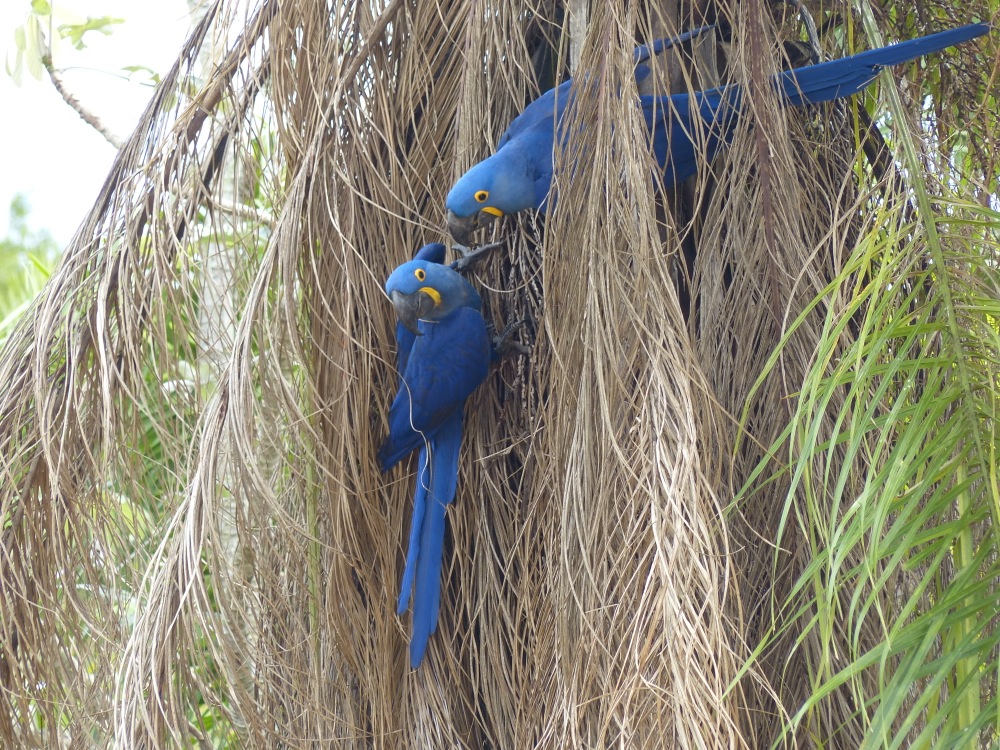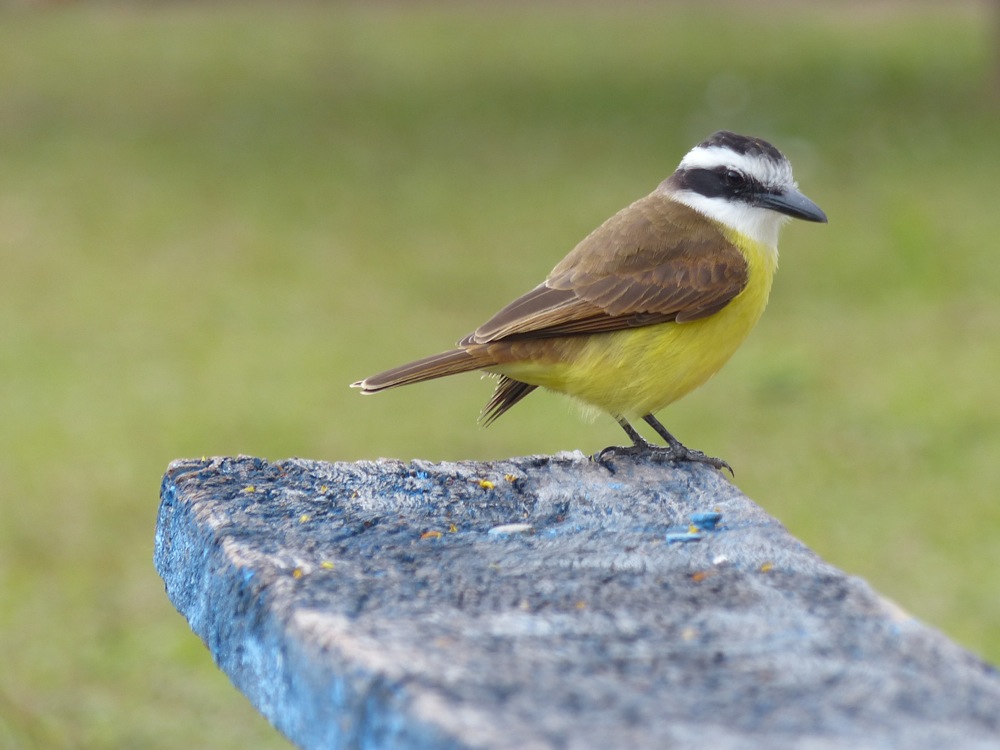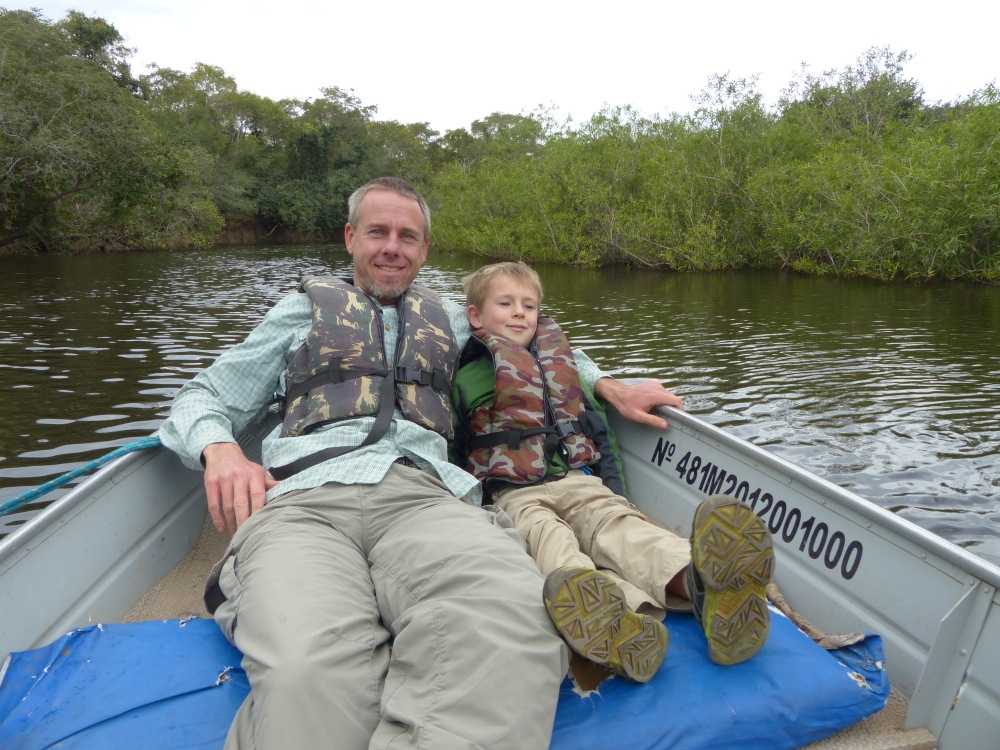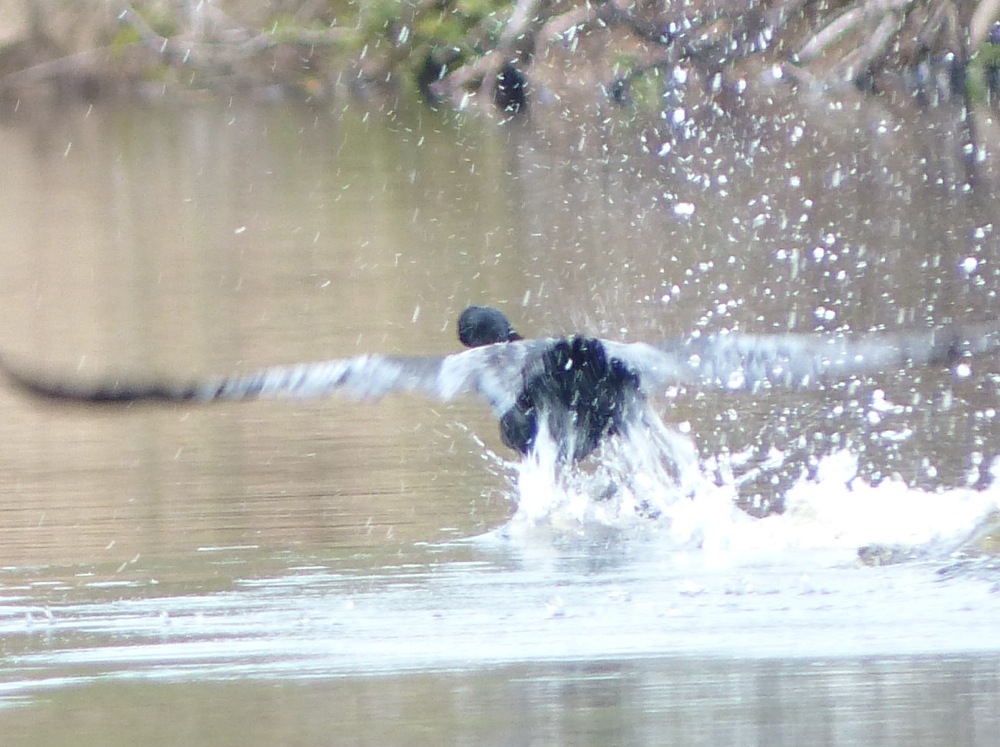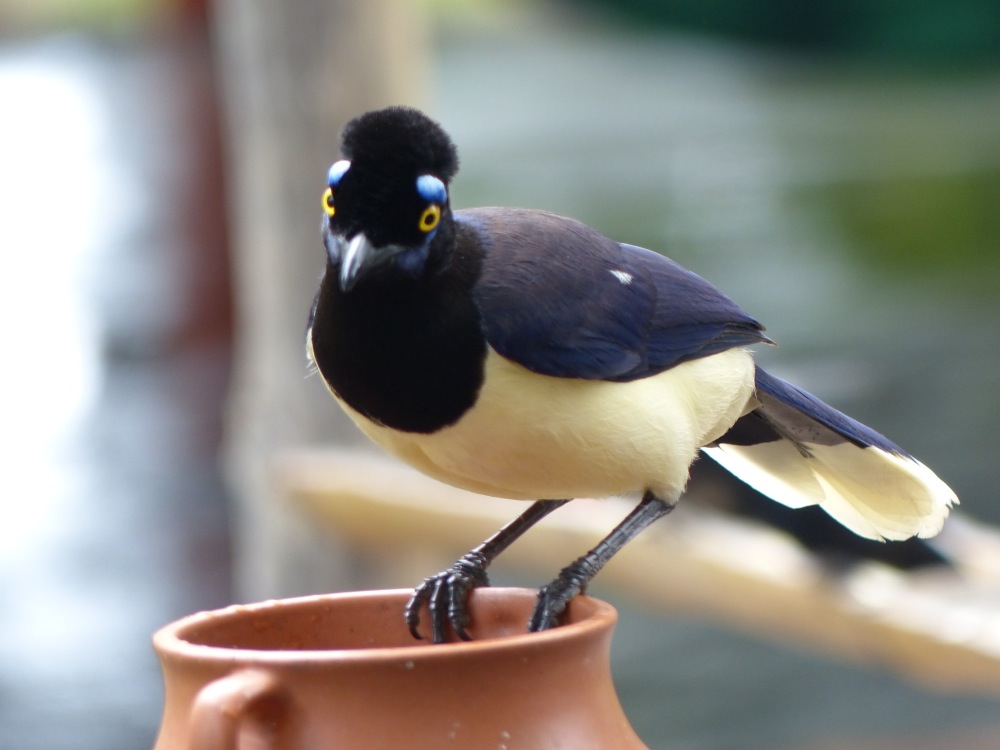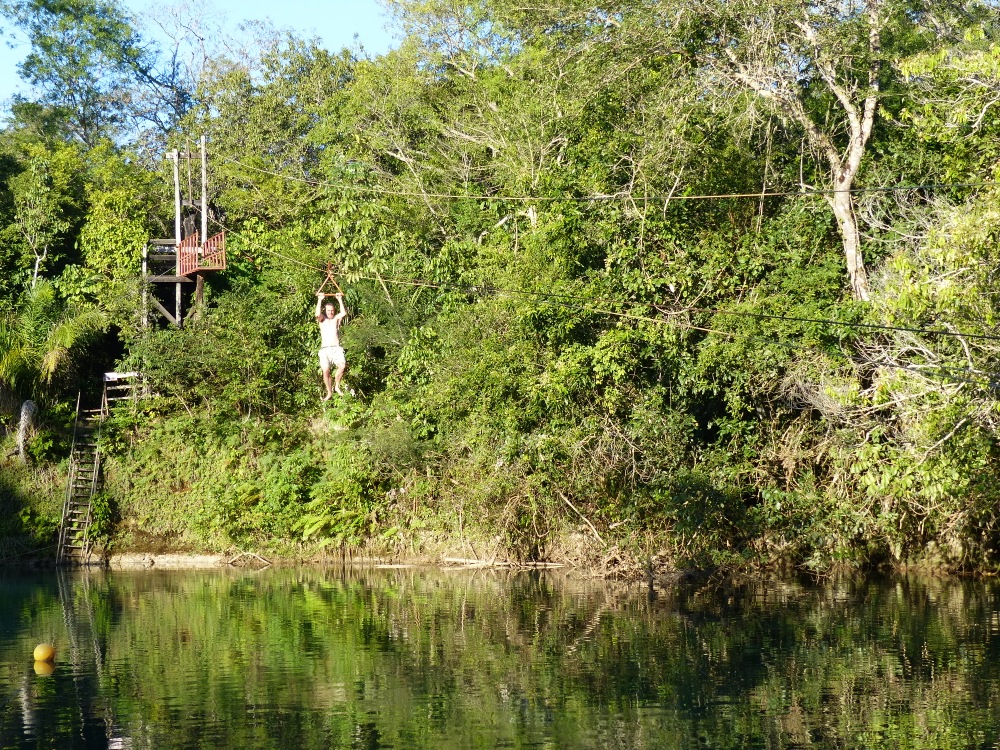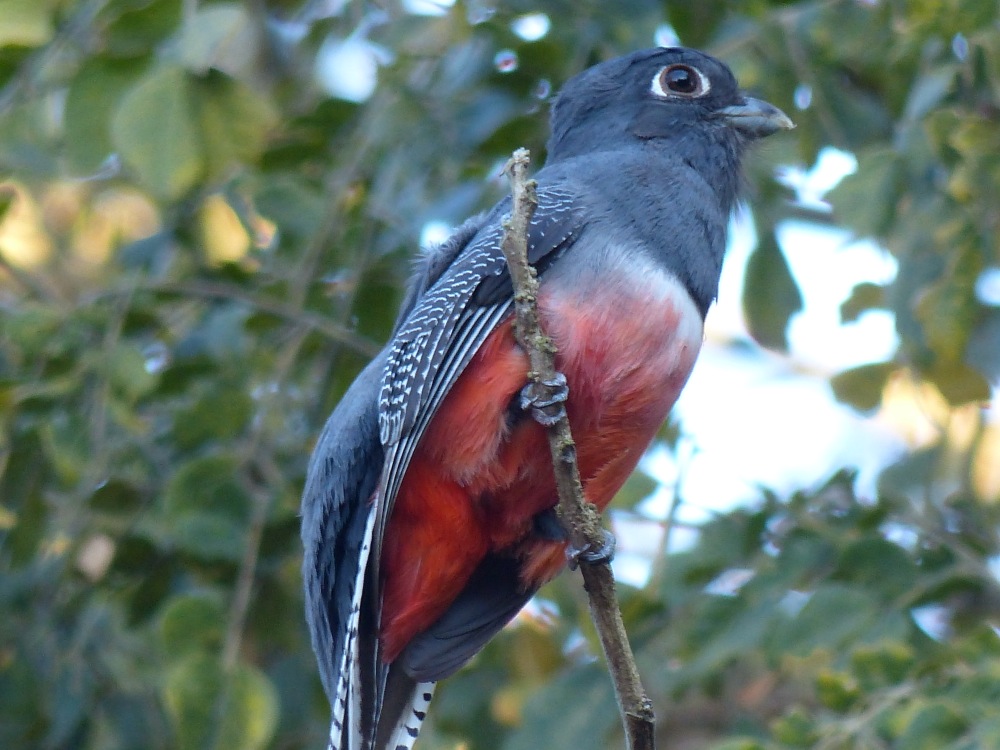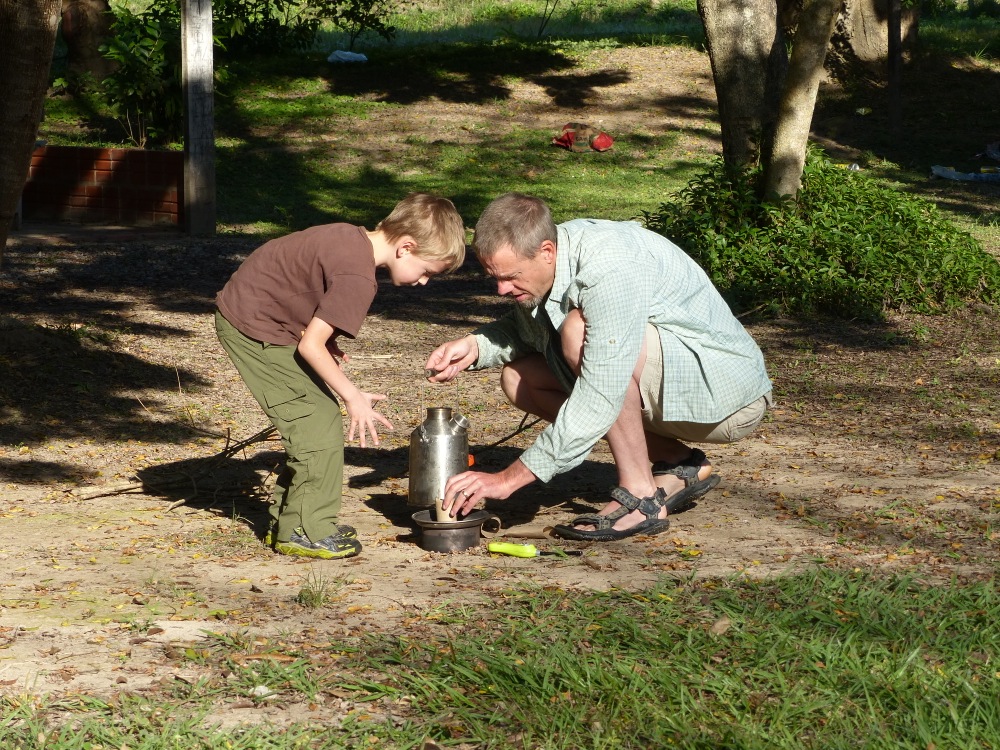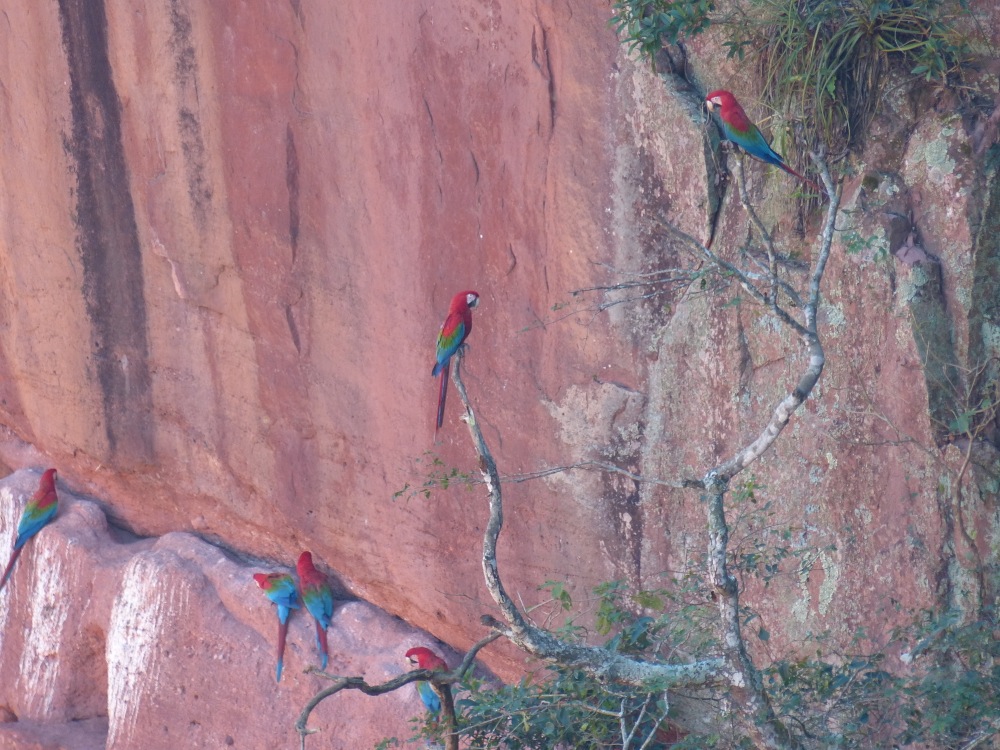After leaving the Pantanal we drove 900 kms to the town of Atibaia near the city of São Paulo. It took us two full days to make the drive through the agricultural heartland of Brazil. There are no campgrounds along that route, but there are truck stops (called “Postos”) that offer all of the services provided by their American counterparts. We spent two nights at postos during our journey, and got lots of looks from the Brazilian truck drivers staying there.
We first met (and last saw) Robert and Grace more than 10 years ago when our paths crossed in Malawi. We only spent one night with them all those years ago, but we’ve kept in contact, and visiting them was one of the things we had to do during our travels in South America.
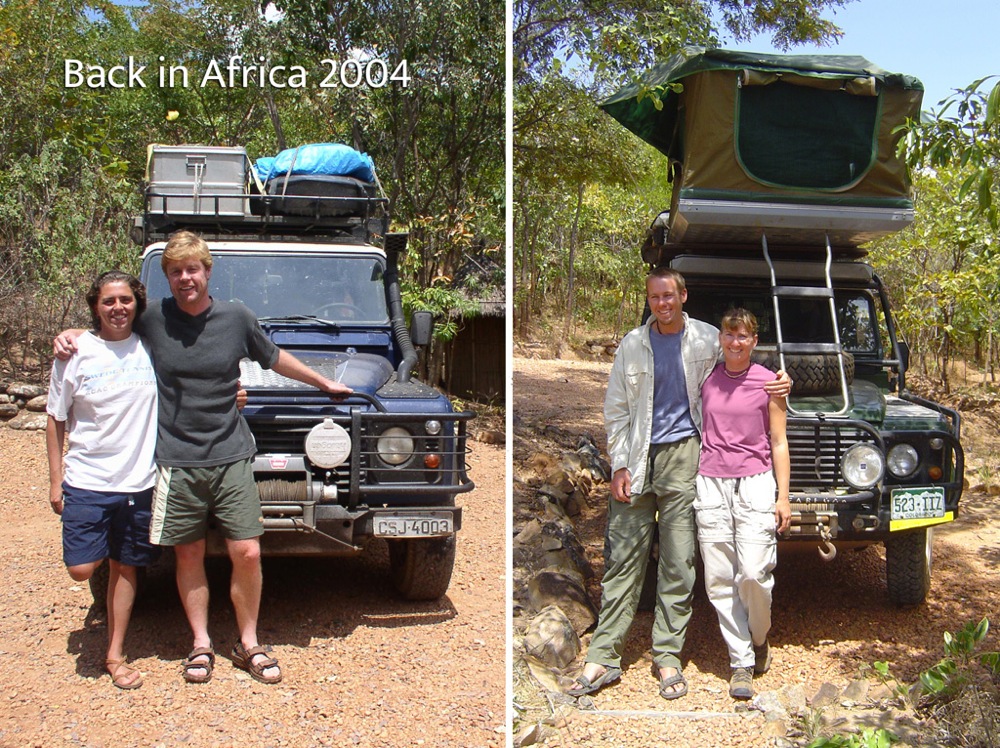
We were so young then!
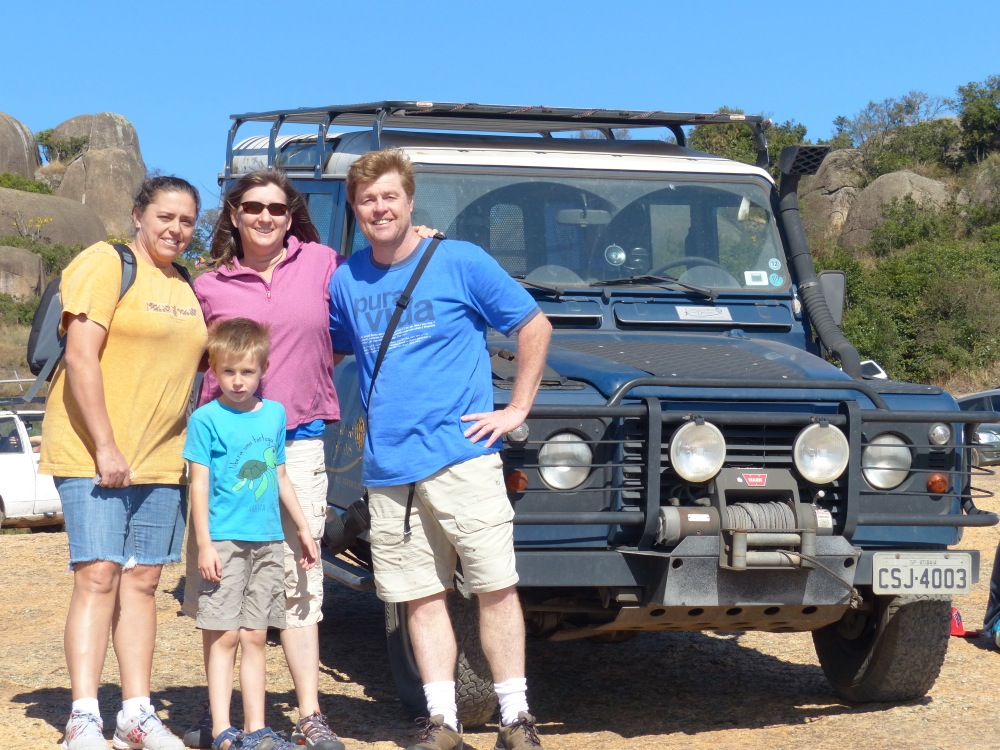
Rob and Grace welcomed us to their beautiful home and spent the weekend showing us around the area.

They took us to a restaurant near their house for traditional Brazilian feijoada, a rich stew based on black beans.
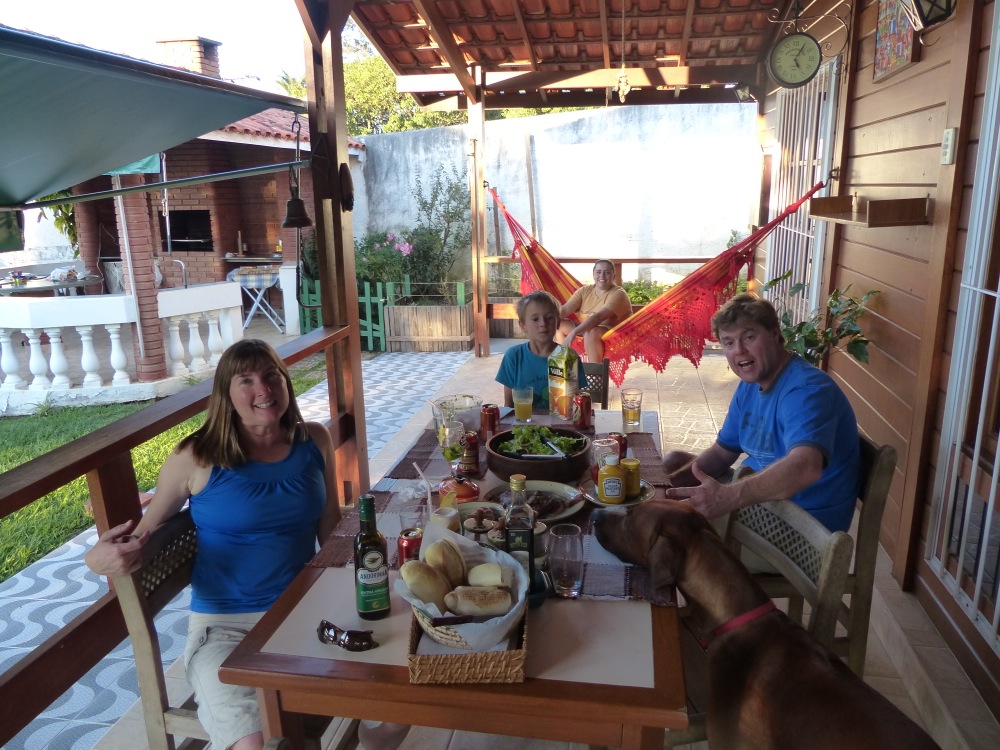
Robert cooked a us lots of great food at the house too, including this BBQ at which Quinn discovered that he loves chicken hearts!
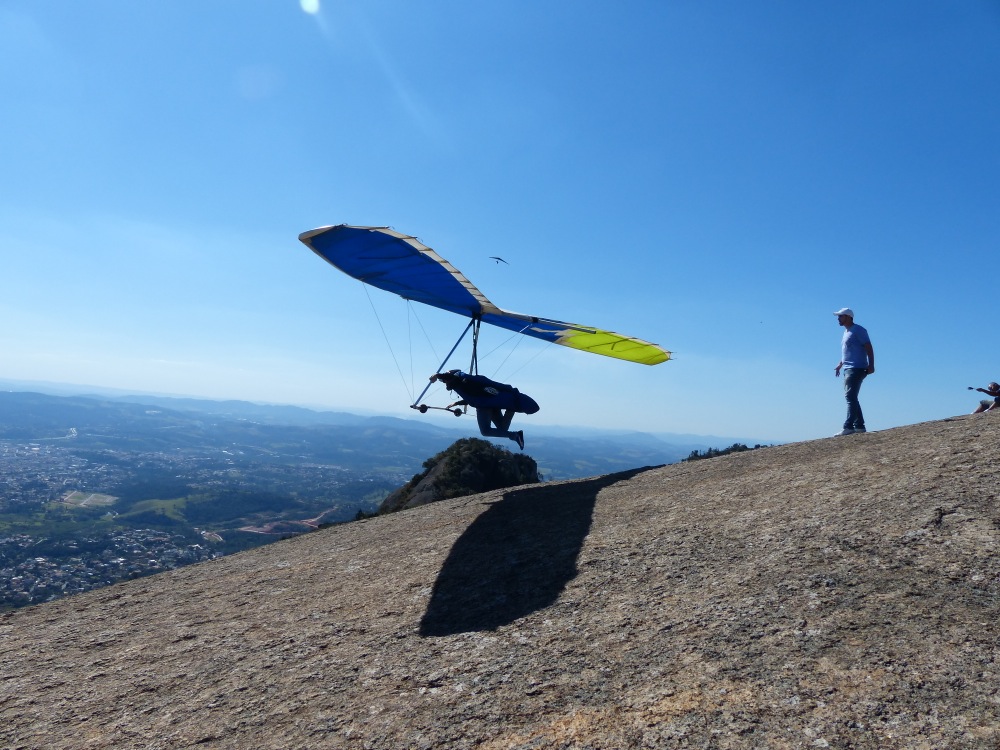
We drove to a mountaintop near their house where we got to watch hang gliders launching into the sky.
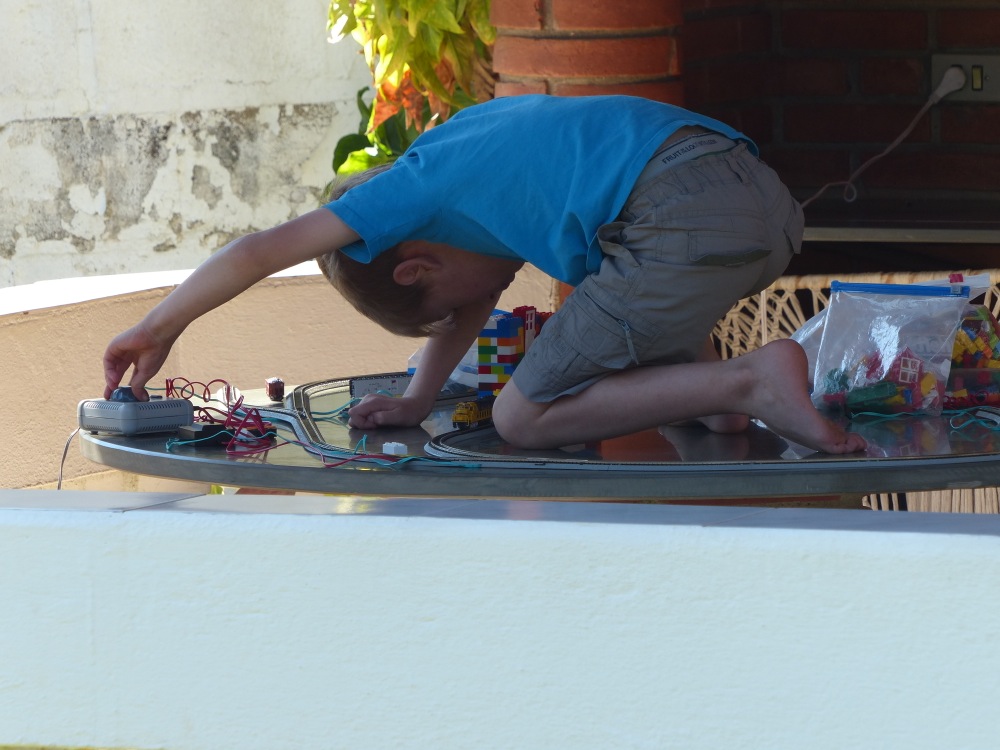
Quinn spent some quality train time with his electric train set.
After reluctant goodbyes, we left Atibaia. Rob and Grace had convinced us that we had to see Rio, and it didn’t disappoint. Even though we only spent 2 days in the city, we got a feeling for why it’s so well known around the world. We didn’t know of anywhere we could park the van in the city, so we went to a campground outside of town and braved the two hour bus ride to an Airbnb apartment we rented near Ipanema beach. We stayed in the apartment for two nights and saw as much as we could.
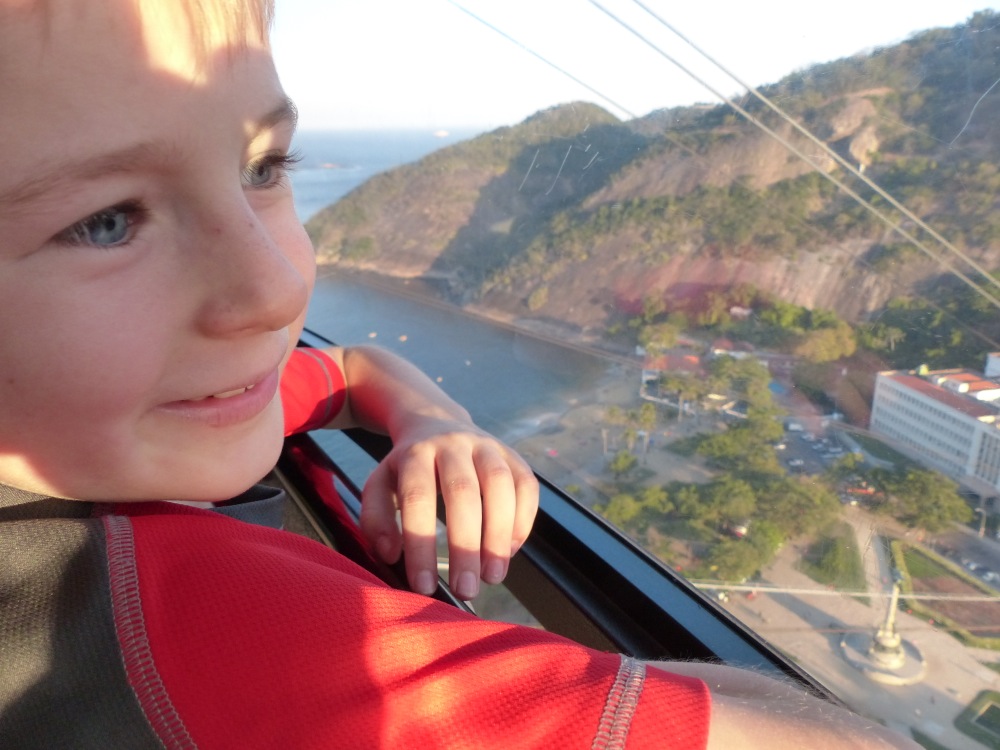
The first night in the city we rode a cable car up to Sugarloaf Mountain for sunset and views of the city.
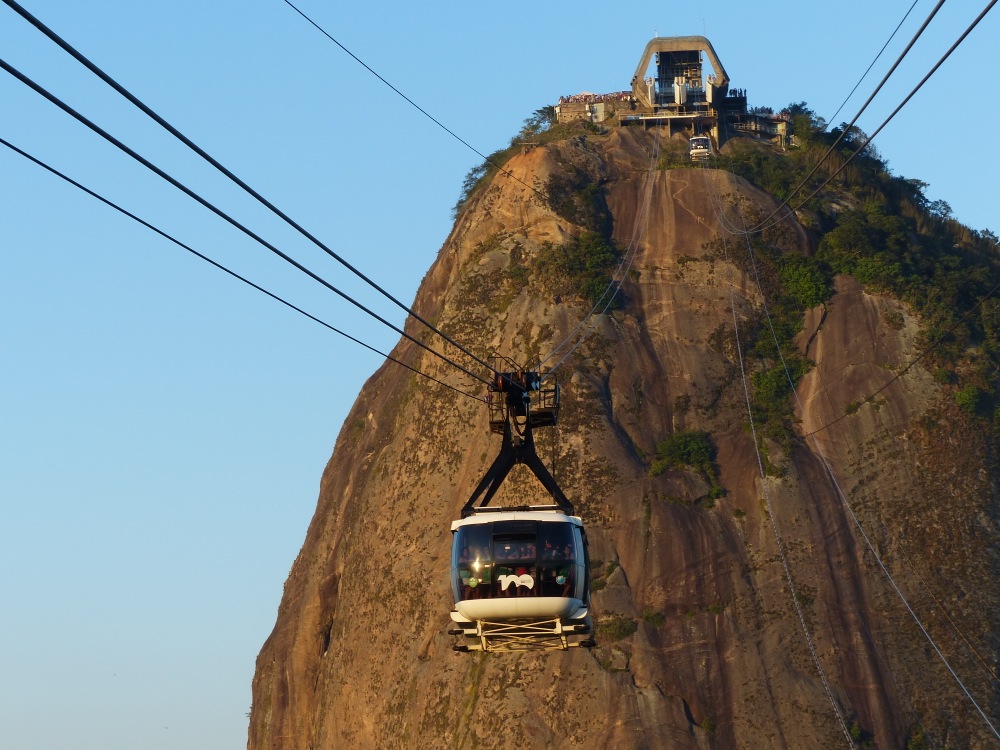
The two-stage cable car deposits you atop the sheer-faced Sugarloaf Mountain. For the more adventurous, you can rope up and climb.
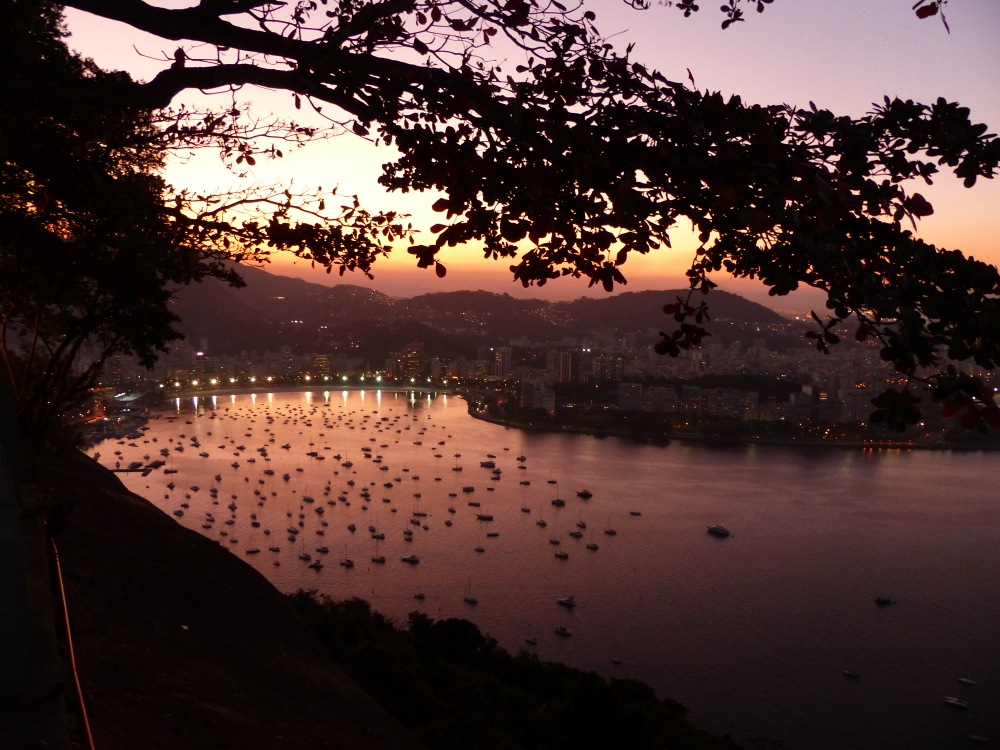
The view from the top makes it obvious why Rio is considered one of the world’s most beautiful cities.

The next day we went to the famous statue of Christ the Redeemer. The views were equally stunning.

I could have put in a picture of the statue, but I thought it would be more fun to capture some of the people taking pictures of themselves with the statue.
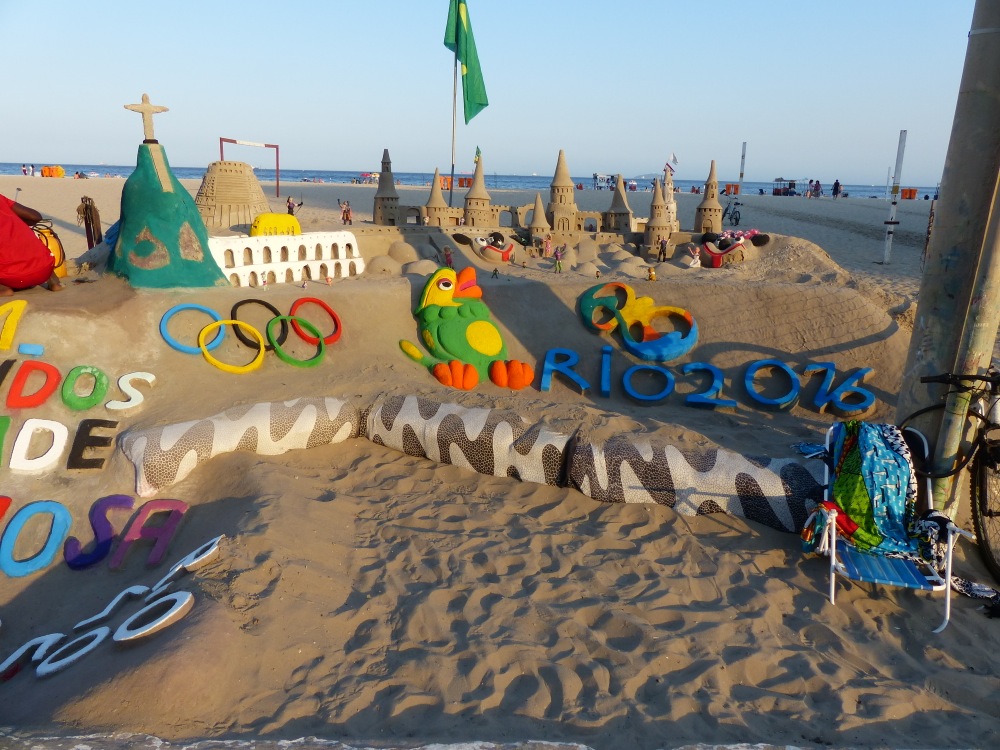
Sand artists line the Rio beaches.
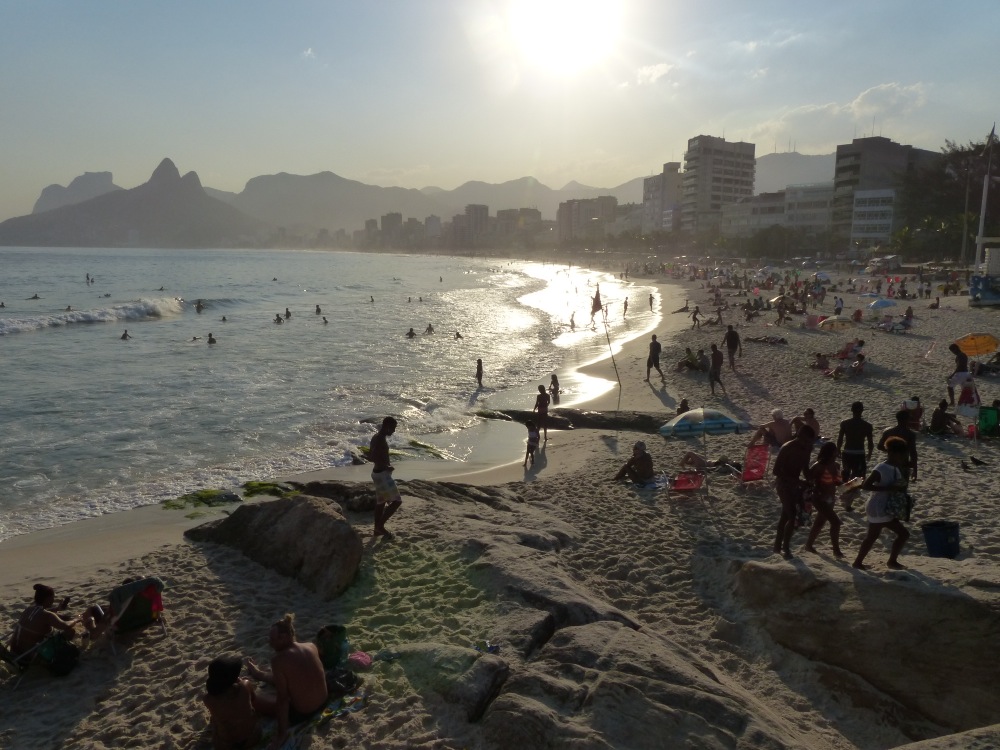
Rio is still a big city, and although the beaches look nice, we were advised not to swim because of poor water quality.
On our way out of the city we met up again with Adventure Trio. Together we headed southwest along the Brazilian coastline, eventually landing in the tiny beach town of Trinidade. Two nights turned into four, and we had a great time playing on the beach and sharing meals.
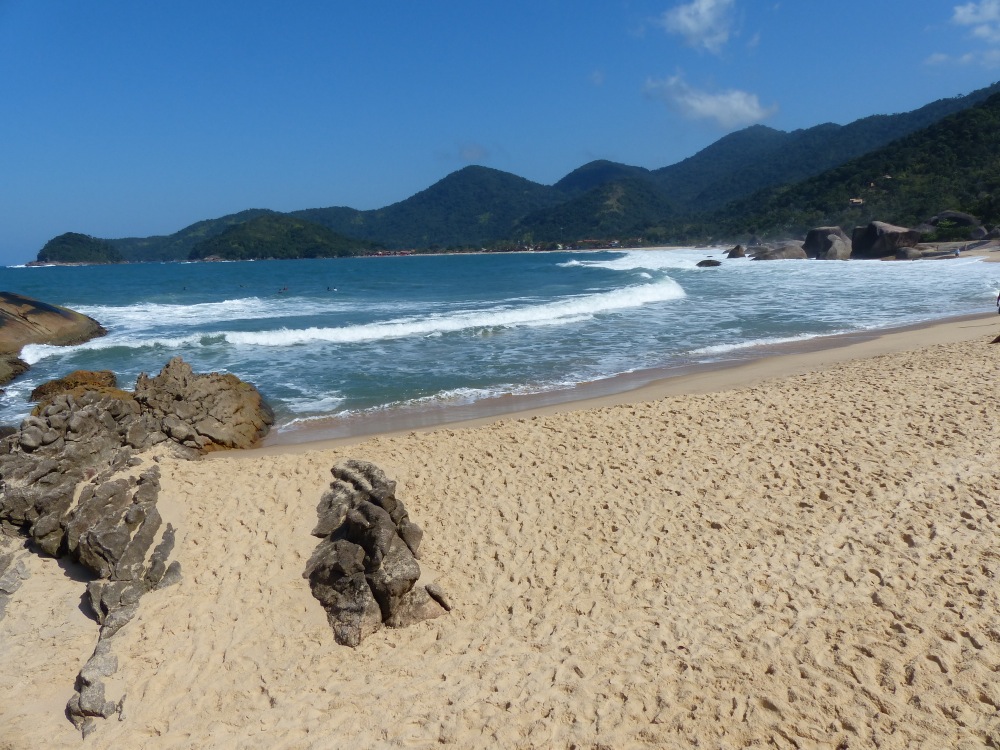
The quiet beach at Trinidade was very relaxing after the hustle and bustle of Rio.
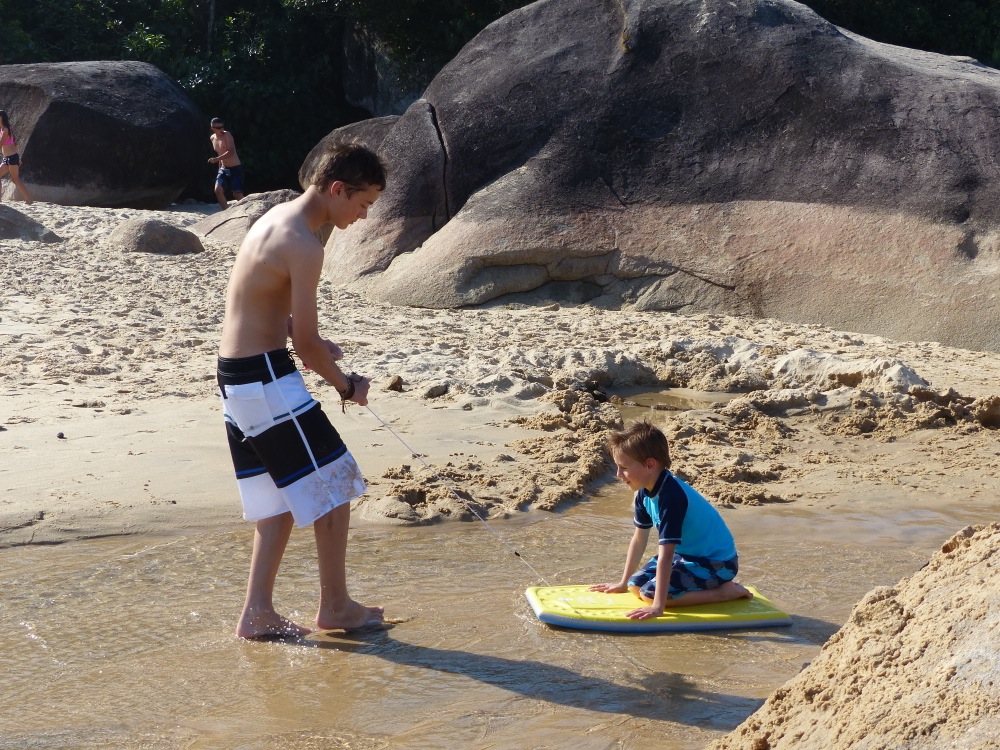
Jack was like an older brother to Quinn, and they had a great time together.
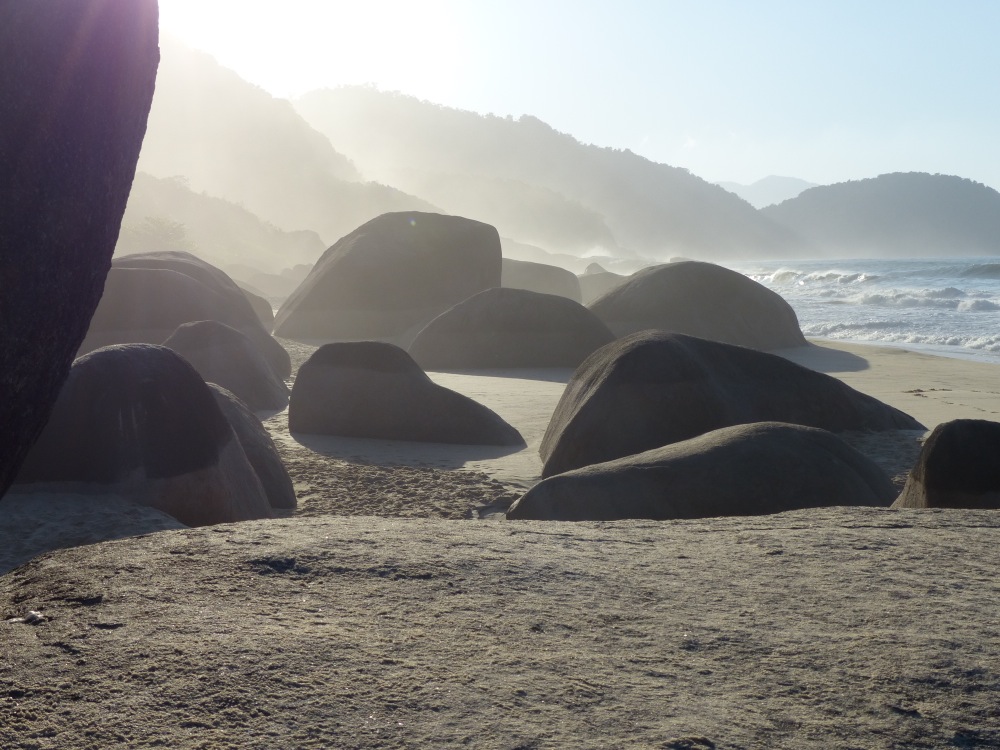
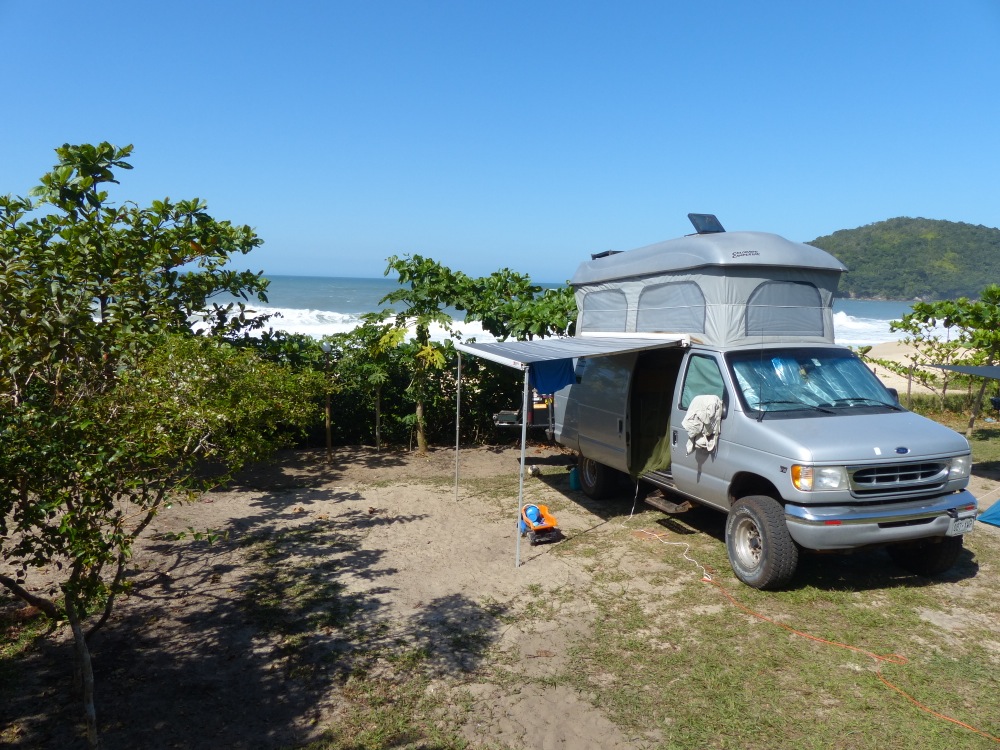
Our campsite on the beach
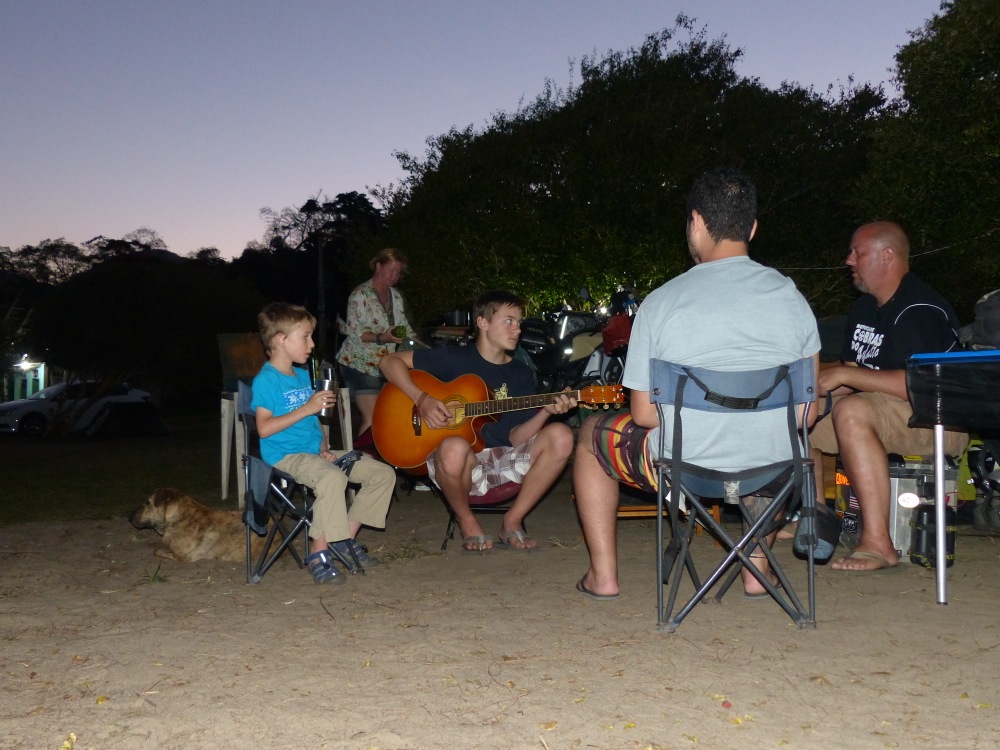
An evening jam session
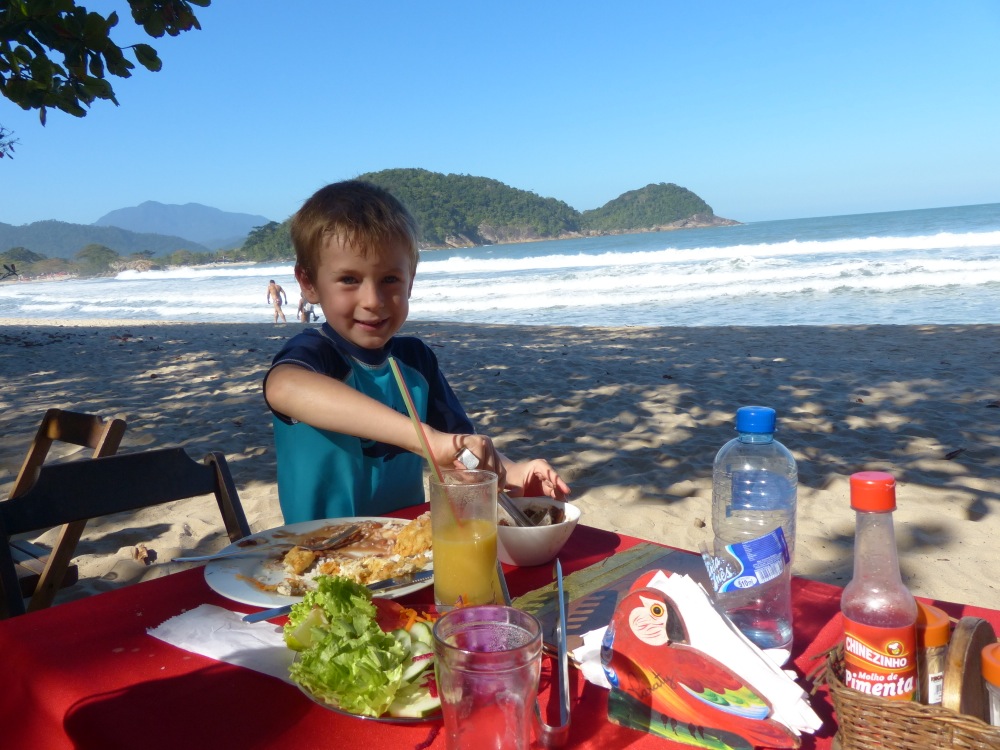
Time for lunch!
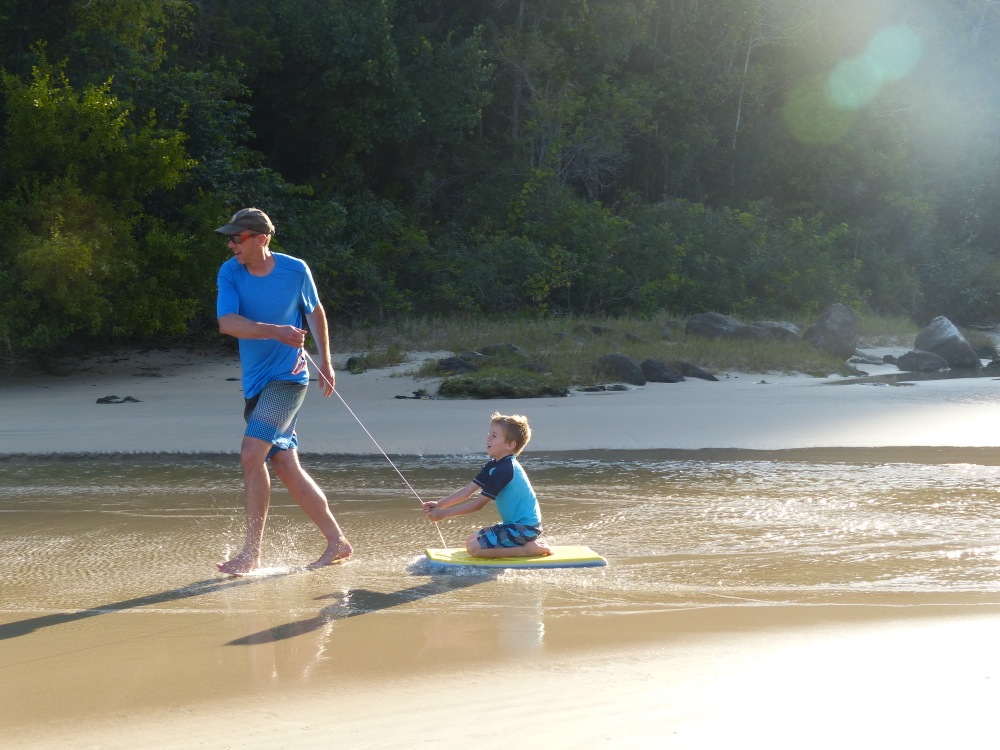
Getting towed around on the boogie board was Quinn’s favorite pastime.
